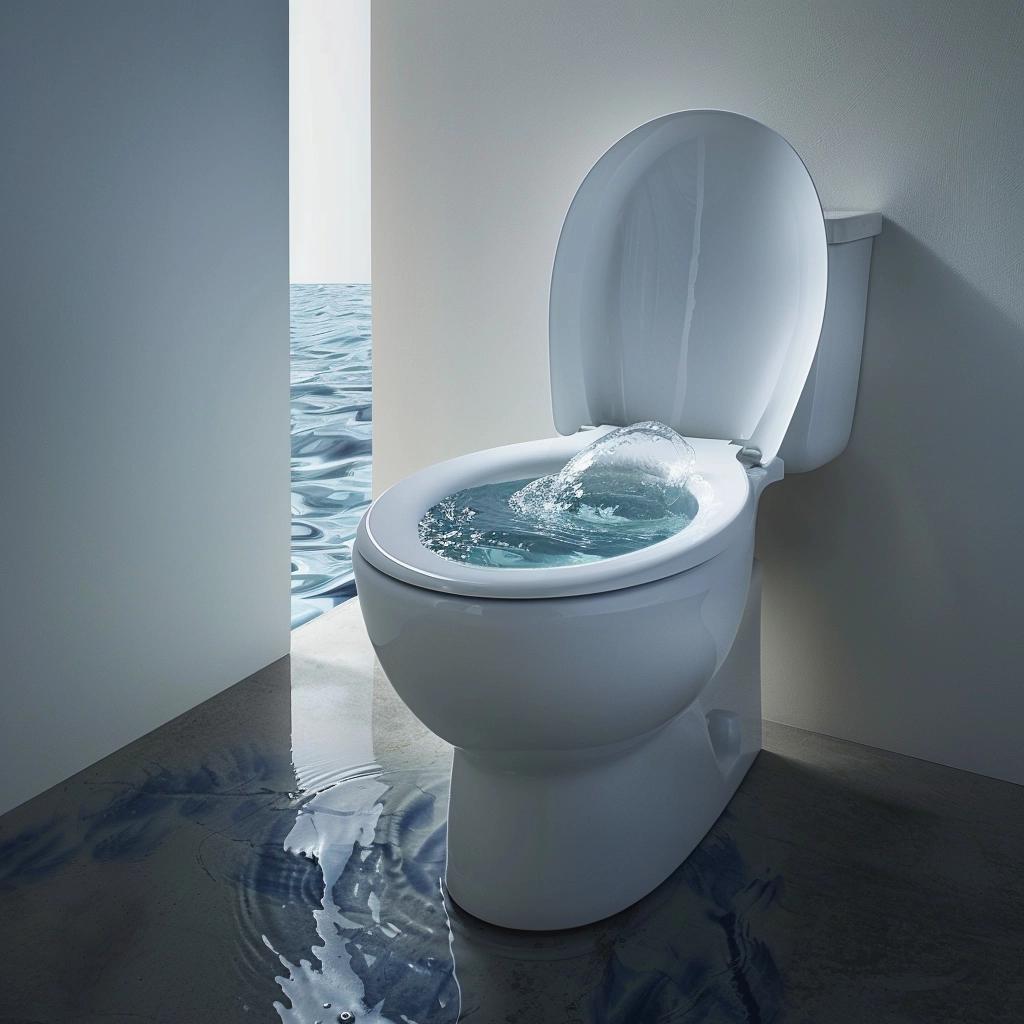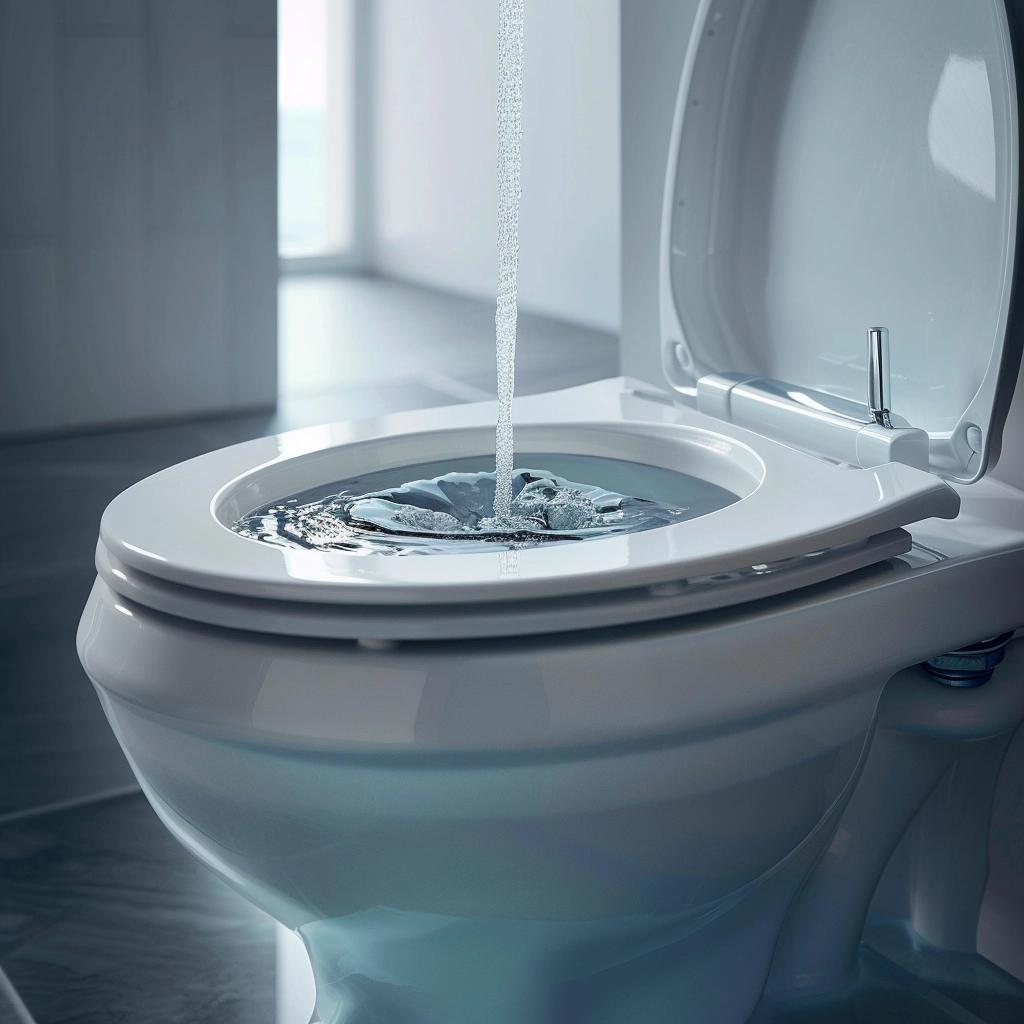Introduction to Toilet Fill Valve Replacement
Ah, the joys of homeownership! One minute, you’re lounging on the couch, and the next, you’re staring down a malfunctioning toilet that just won’t quit its incessant running water routine. But fear not, my friend! Replacing the toilet fill valve is a DIY task that even the most novice handyperson can tackle. Just think of it as a rite of passage into the world of plumbing prowess!
Tools and Materials Needed

- A new toilet fill valve (make sure it’s compatible with your toilet model)
- Adjustable pliers
- A bucket or towels (for catching any water spillage)
- A sense of humor (because let’s face it, plumbing can be a real circus sometimes!)
With these essentials in hand, you’re ready to embark on your toilet fill valve replacement journey!
Step-by-Step Guide to Replacing the Toilet Fill Valve
- Turn off the water supply to the toilet by twisting the shutoff valve (usually located near the wall or floor). This will prevent any unwanted water gushing during the replacement process.
- Flush the toilet to drain as much water as possible from the tank.
- Using your trusty pliers, disconnect the water supply line from the fill valve. Don’t worry if a little water dribbles out – that’s why we have the bucket or towels!
- Now comes the fun part: removing the old fill valve. Depending on the model, there may be a nut or clip holding it in place. Once loosened, gently pull the valve out of the tank.
- Prepare the new fill valve by following the manufacturer’s instructions (if any). Some valves come pre-assembled, while others may require a bit of tinkering.
- Carefully insert the new fill valve into the tank opening and secure it according to the instructions. Hand-tightening is usually sufficient, but don’t overdo it – we don’t want any stripped threads!
- Reconnect the water supply line to the new fill valve, ensuring a snug fit.
- Turn the water supply back on and watch with childlike wonder as the tank refills. Check for any leaks around the new fill valve and connections. If all looks good, give yourself a well-deserved pat on the back!
Adjusting the Water Level

Troubleshooting Common Issues

- Leaks: If you notice any water seeping from the fill valve or connections, try tightening the fittings or applying some plumber’s tape (but don’t overdo it!). If the leak persists, you may need to replace the entire fill valve.
- Phantom Flushes: If your toilet seems to be flushing on its own, the culprit could be a faulty fill valve. Try adjusting the water level or replacing the valve altogether.
- Running Water: If the toilet is still running after replacing the fill valve, double-check that the water level is set correctly and that there are no obstructions in the flush valve or tank.
Maintaining the Toilet Fill Valve
To ensure your toilet fill valve keeps functioning like a well-oiled machine, regular maintenance is key. Here are a few tips:
- Periodically check for any leaks or signs of wear and tear.
- Clean the fill valve and tank periodically to prevent mineral buildup.
- Consider replacing the fill valve every few years as a preventative measure.
Conclusion








